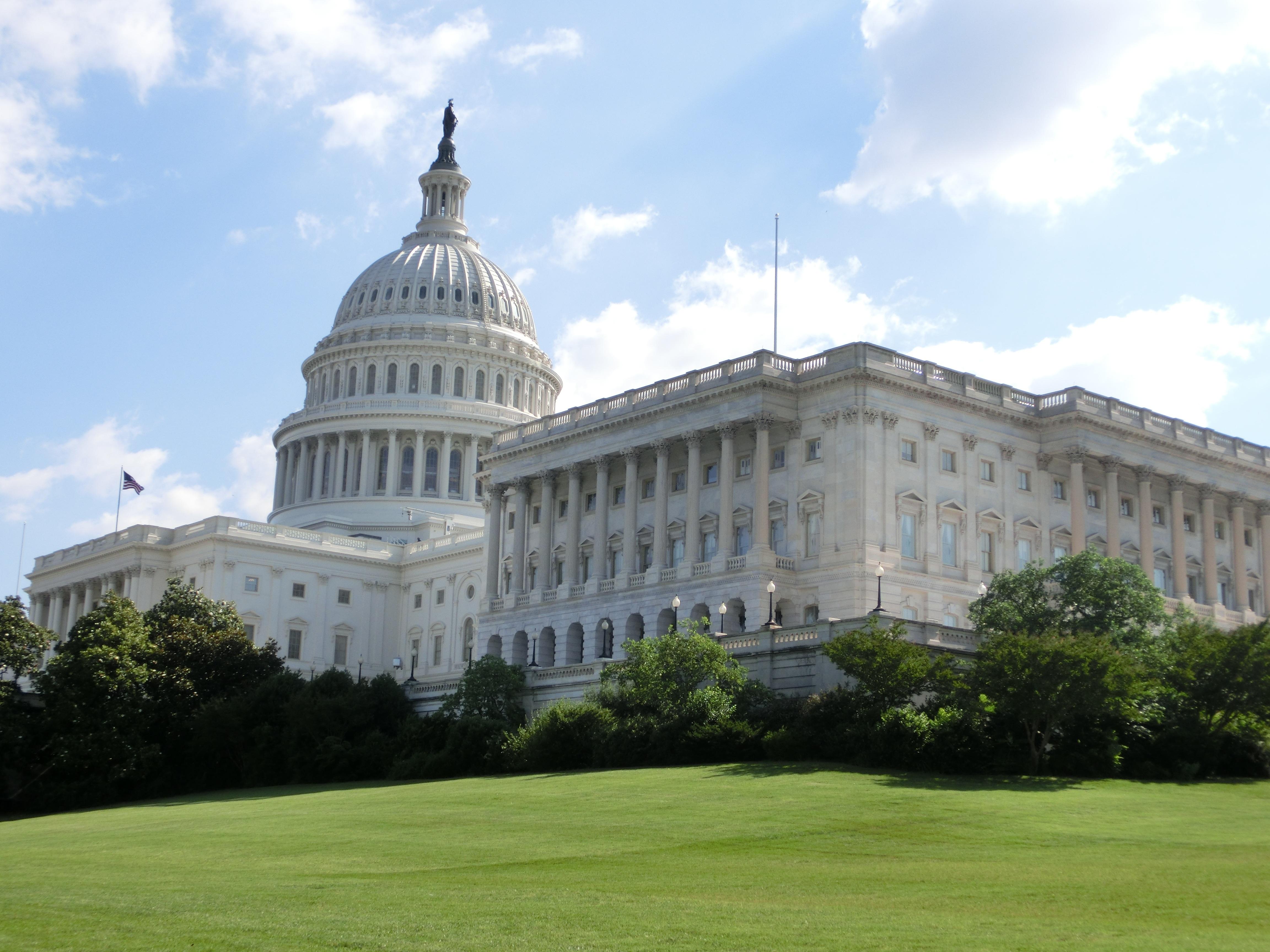
In a significant turn for America’s fiscal landscape, the U.S. budget deficit narrowed to $161 billion in March 2025 — a sharp $76 billion drop compared to the same month last year, and the lowest March deficit recorded in five years. This improvement comes as government revenues surged by 11% year-over-year, reaching $368 billion, while spending saw a 7% decline, totaling $528 billion for the month. This shift signals what could be an early sign of restraint in federal spending, though the road ahead remains uncertain.
The reduction in spending for March, however, is partly linked to a calendar quirk: about $83 billion in benefit payments were pushed forward into February due to the timing of payment schedules. Without this adjustment, March’s deficit would have actually stood at around $244 billion. Meanwhile, customs duties spiked to $8.2 billion — the highest level since September 2022 — reflecting the impact of newly imposed tariffs on Chinese imports and fentanyl-related products arriving from Canada and Mexico.
Despite March’s positive showing, the first six months of Fiscal Year 2025 paint a different picture. The cumulative deficit now stands at a staggering $1.307 trillion, which is 23% higher than the same period last year, making it the second-largest six-month shortfall in U.S. history — only topped by the pandemic-driven record of $1.7 trillion in 2021. The question remains: is this a turning point for federal spending, or just a temporary dip?
On the policy front, the Trump administration and Congress are both feeling the pressure to address the nation’s fiscal health. One of the more unconventional responses has been the creation of the Department of Government Efficiency (DOGE), headed by Elon Musk, with an ambitious goal of cutting waste and fraud across federal agencies. Although DOGE initially projected $1 trillion in savings, recent estimates have trimmed that figure down to around $150 billion.
The Congressional Budget Office (CBO) has also weighed in, projecting that the U.S. federal budget deficit will climb to $1.9 trillion by the end of fiscal year 2025, accounting for 6.2% of GDP. Even more concerning, the CBO warns that if left unchecked, deficits could swell to 7.3% of GDP by 2055. Treasury Secretary Scott Bessent has added to the caution, stating that the U.S. could hit its statutory debt ceiling as soon as May or June, underlining the urgent need for fiscal discipline.
The financial markets haven’t been immune to these developments either. New tariffs and uncertainty around government borrowing have triggered a sharp sell-off in U.S. Treasury securities, as investors become increasingly wary of the federal government’s fiscal stability and long-term debt trajectory.
While the drop in the March deficit offers a glimmer of hope, it’s clear that the U.S. faces significant fiscal headwinds. Whether policymakers can translate this momentary improvement into a sustainable trend remains to be seen.
Disclaimer:
This article is written for informational and educational purposes only, based on publicly available financial data and reports, including those from ZeroHedge and U.S. Treasury releases. The content does not constitute financial advice, investment recommendations, or any form of professional consultation. Readers are encouraged to conduct their own research and seek guidance from licensed financial advisors before making any financial or investment decisions. The information reflects the economic and policy environment under President Donald Trump’s administration as of 2025 and is subject to change as new data emerges.




